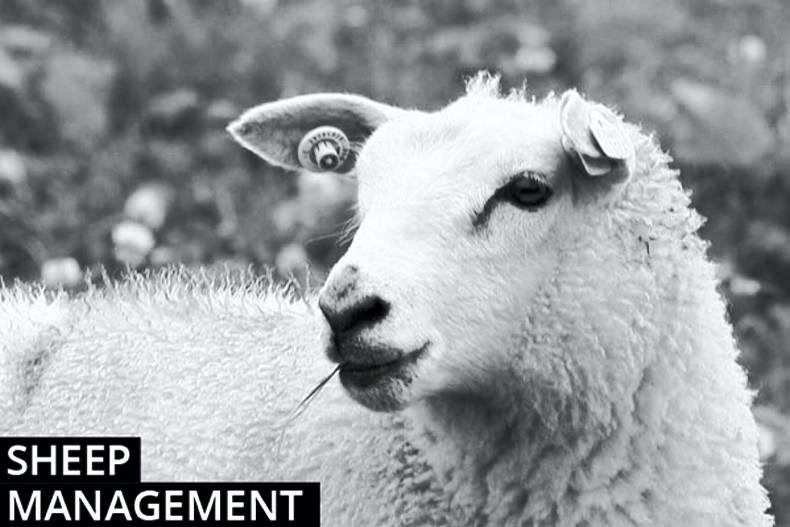Cobalt supplementation: As cobalt is not stored by sheep, there is a risk of deficiency where lambs are grazing on cobalt-deficient soils. Issues generally start to occur from the end of July onwards. Early signals include lambs performing below target or losing condition despite a relatively good level of nutrition while telltale signs of more advanced problems are lambs starting to pine away, going dry in the wool and in cases experiencing ears becoming scaly or scabby with skin flaking away.
Veterinary advice shows lambs require about 1mg cobalt per head per day. The most common treatment and preventative options are oral supplementation, cobalt bullets or boluses and feeding meal with adequate mineral inclusion levels. Where supplementing with an oral drench, whether a standard cobalt product, cobalt B12 product or mineral drench, remember cobalt supplementation needs to be administered every two weeks.
Ewe body condition score: Once ewes are adequately weaned, the focus should turn to preparation for breeding. On good-quality grass, it will take ewes eight to 10 weeks to regain one body condition score. This can also be influenced by factors such as the age of ewes and the starting condition, with ewes lacking significant condition taking longer to recover and start gaining weight.
Ideally, there should be two grazing groups of ewes – a batch that need to regain condition and require preferential treatment and a batch in satisfactory condition that only require maintenance feeding. However, where there is a low number of poorly conditioned ewes on the farm and the aim is to maintain a small number of grazing groups, these ewes can be run with store or finishing lambs. Ewes requiring only maintenance feeding can be grazed after lambs and used to graze out swards and promote high-quality regrowth.
Managing ram lambs: Ram lambs should also be separated from ewe lambs at this stage of the year. There is already some interest and activity from live exporters ahead of the upcoming Muslim festival Eid al-Adha which takes place on Saturday 10 and Sunday 11 September. Some farmers report greater difficulty putting condition on ram lambs this year, with the greatest challenges faced on farms that have lower-quality swards. This is also affecting the kill-out percentage, with aged ram lambs in below-optimum condition killing as low as 40% to 41%.
Where concentrate feeding is being introduced to aid performance and get ram lambs away earlier, it is advisable to offer restricted over ad-lib feeding to limit concentrate input and improve the potential of making a margin. 400g to 500g per day of a cereal-based ration will suffice over more expensively formulated feeds.
Marketing store lambs: Remember mart managers report a €2 to €5 differential for store lambs marketed as an even batch on weight, gender, size and for ewe lambs breed.






 This is a subscriber-only article
This is a subscriber-only article










SHARING OPTIONS: